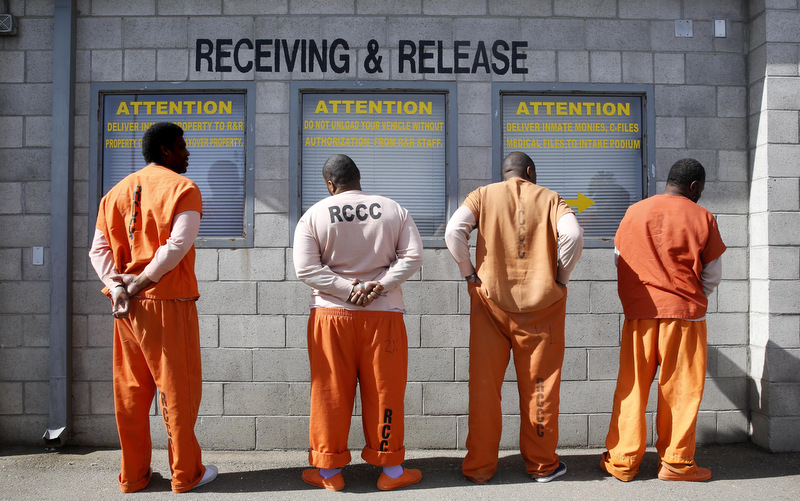
The United States still has the highest incarceration rate in the world, but those few states that managed to significantly reduce their prison population over the last decade saw benefits other than reduced lock-up costs. They also saw their crime rate go down at a higher rate than the national average, according to a new report from the Sentencing Project.
The report bolsters the notion that locking up the wrong people doesn’t improve public safety. In fact, “smart on crime” policies not only minimize punishment toward non-violent offenders; they can also re-allocate resources toward violent crime.
“The experiences of New York, New Jersey, and California demonstrate that it is possible to achieve substantial reductions in mass incarceration without compromising public safety,” wrote Marc Mauer and Nazgol Ghandnoosh of the Sentencing Project.
Between 1999 and 2012, state prison populations in all 50 states increased 10 percent, as states continued their over-reliance on drug war policies and harsh sentencing. But New York and New Jersey simultaneously bucked that trend, each decreasing their prison populations by 26 percent during that same period. Nationwide, crime rates declined over this decade. But in those two states, the crime rates dropped even more, despite their reverse pattern of locking fewer and fewer people up. California, which saw a significant decrease of 23 percent, also saw its violent crime drop even more than national levels.
Each of these states started out with tough-on-crime-era criminal policies that were reformed at a time when incarceration rates were at their height. New York reformed its Rockefeller drug law arrest policies and saw an immediate sharp decline in felony drug arrests. At the same time, New York City ratcheted up arrests for misdemeanor drug offenses, a trend that remains today. But these offenses nonetheless carry shorter prison terms on average, and during the same period many individuals were diverted out of prison and into rehabilitation programs.
California was facing court orders in long-running prison litigation over the state’s overcrowded prisons. Because the state’s prisons were so severely overcrowded at the start, they remain at more than 137 percent of capacity even several years after the U.S. Supreme Court ordered population reductions. But the state nonetheless made significant strides while under regular court monitoring without adverse consequences for safety. New Jersey reformed flawed parole processing procedures, and reformed its sentencing laws for low-level drug laws.
The analysis of these three states follows an exhaustive April report from the National Academy of Sciences concluding that the United States should reduce its prison population because the negative consequences of U.S. mass incarceration outweigh any benefits.
Even with their reduced incarceration rate, all three of these states still have incarceration rates three to six times that of most industrialized nations. Future reforms may focus not just on low-level offenders, but also on the dramatically long sentences doled out even for non-violent felonies.
But more sustained reductions in over-incarceration may also rely on external reforms, particularly to the mental health system. A number of studies are showing that, as treatments and facilities for mentally ill individuals disappear, prisons and jails become the new de facto asylums.

